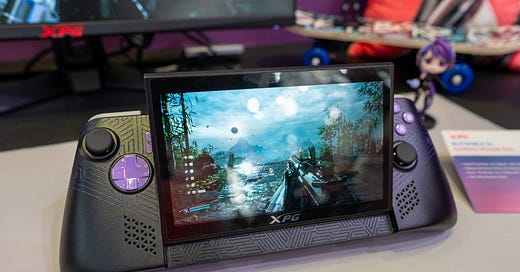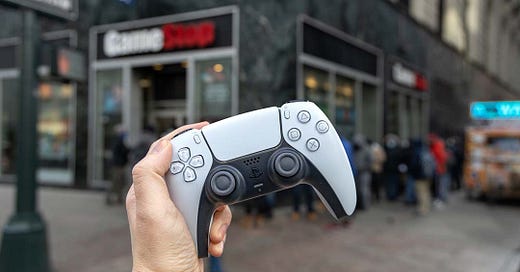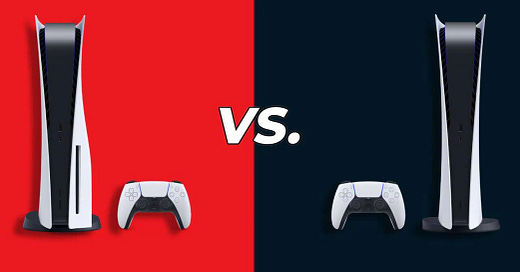
The Adata XPG Nia could rock the handheld world with a $500 price
Possibly the most comfortable, easily upgradable, and most inexpensive handheld
🎮 Adata jumps into the handheld race with the XPG Nia
😌Fantastic ergonomics with large grips, a tilting screen, and a kickstand
💾 Supremely upgradable with an M.2-2230 slot and the latest LPCAMM2 memory
🛠️ Potentially upgradable with new processors and motherboards
It feels like handheld central at Computex 2024 between the Asus ROG Ally X, MSI Claw 8 AI+, and Zotac Zone, and now Adata is jumping into the game with its XPG Nia. This one instantly hits differently with its tilting touchscreen, and internally Adata is promising maximum upgradability to 64GB of memory. What’s most appealing about the XPG Nia is it could retail for less than $600 and possibly even $500.
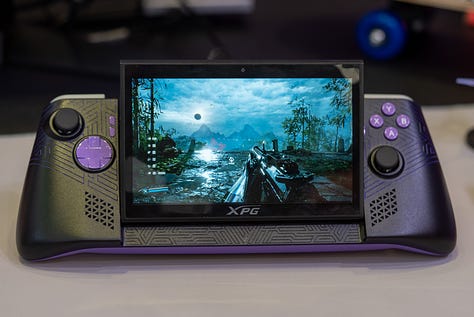
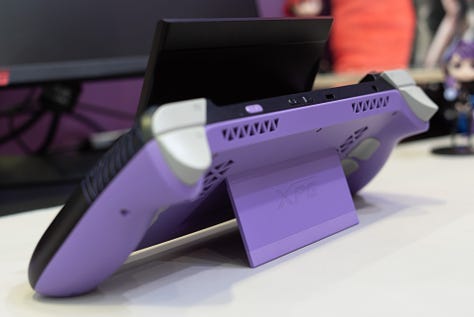
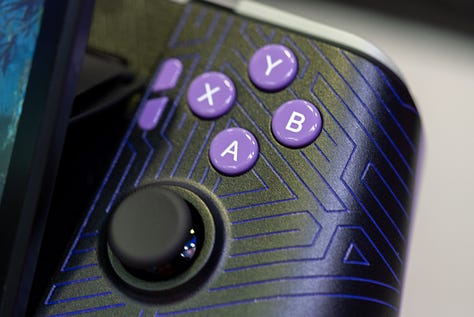
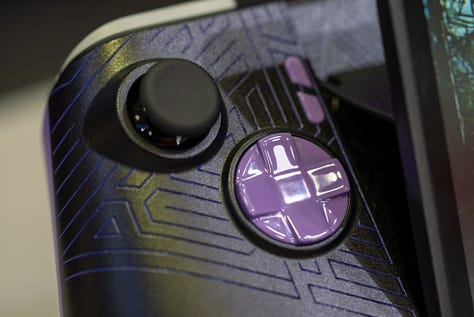
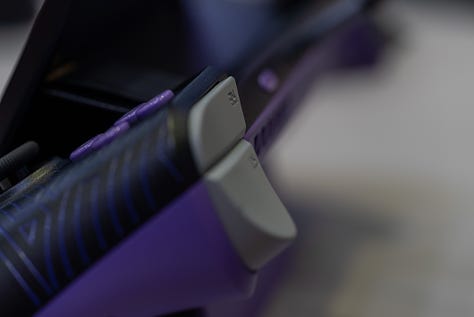
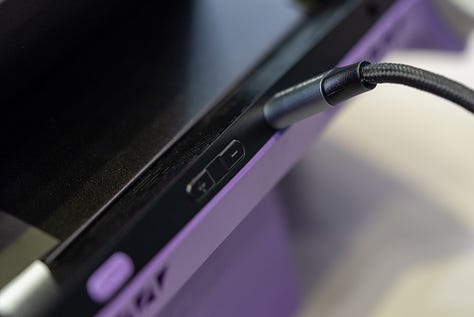
Now there’s no getting around it, the Adata XPG Nia is a BIG handheld. It’s easily bigger than the Steam Deck OLED and Lenovo Legion Go thanks to its flared-out handles. Adata explained to us that it could have cut off the bottom corners like other handhelds but that would actually make it harder to hold. However, this shape actually makes the handheld feel lighter. Because your hands are holding the handheld at an angle it shifts the weight of the device to your forearms instead of your wrists.
That’s not the only ergonomic consideration the XPG Nia makes. It also has a tilting screen so you don’t have to elevate your hands or tilt down your neck all the time. The tilting screen also helps expose some more vents for extra cooling.
And if you want to get super comfortable with the XPG Nia, you can also deploy its kickstand and put it on a tabletop. You can also tilt the screen so you don’t have to look down at all and put a strain on your neck.
Another interesting inclusion on the XPG Nia is its front-facing camera and it will actually be used more for eye tracing than gaming selfies and streaming. The front camera from Eye Aware will basically track your eye to see where you’re looking at the screen and use foveated rendering to keep that area sharp and highly detailed, while anywhere beyond that can be rendered at a lower resolution. Foveated rendering is typically used in VR and AR, but it should help the XPG Nia to save on GPU cycles, lower power usage, and maintain higher frame rates. I’m hoping it all works out.
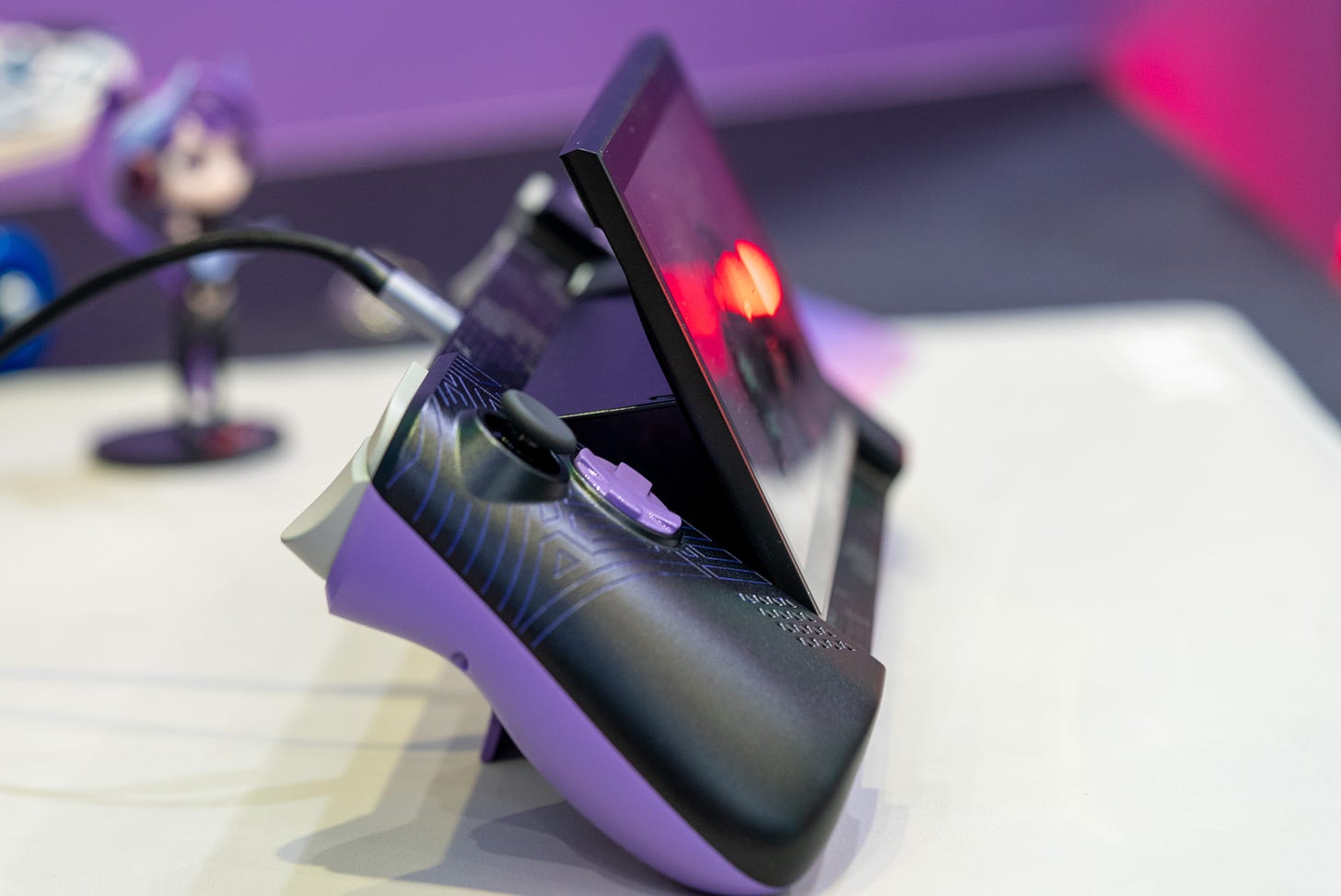
Adata also plans to make its handheld incredibly easy to upgrade. The system comes with one of Adata’s S55 M.2-2230 SSDs (up to 2TB) that can be easily replaced with a higher-capacity drive. The system memory also uses the new easily removable LPCAMM2 standard and users can add up to 64GB.
The prototype I saw at Computex 2024 also uses an AMD Phoenix APU, which could be either an AMD 7040 series or an AMD Z1 Extreme chip. Adata didn’t allude to whether it will stick with a Phoenix APU by the time it releases, so this could change through its future development.
Adata is also pushing the XPG Nia as a circular computing device, meaning you can upgrade it and repurpose it over time. The company hinted that motherboard upgrades could be on the horizon. Also, Adata posited it could supply users with diagrams allowing them to take apart the motherboard and use it for other devices.
Those are all lofty goals and I hope it all comes together because this very comfortable, easily upgradable, and relatively inexpensive device is exactly what could shake up the handheld landscape entirely.
Kevin Lee is The Shortcut’s Creative Director. Follow him on Twitter @baggingspam.

